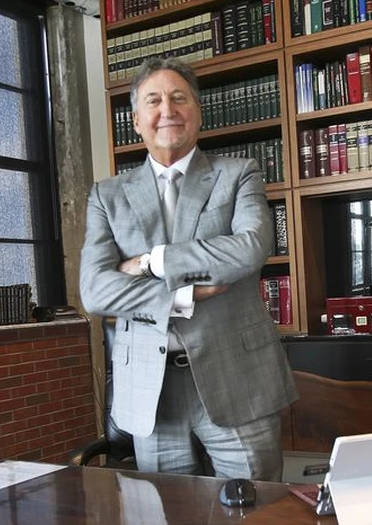 |
| Patrick J Ducharme |
Knowledge of an expert in a technical field may help a trier of fact decide a case. Persons who are qualified by education, training or experience in relation to a particular subject, may be permitted by the court to state their opinions about matters in their particular area of expertise, if the court concludes:
1. The intended evidence is relevant;
2. It is necessary to assist the trier of fact;
3. There is no legal basis to exclude the evidence; and,
4. The witness is a properly qualified expert.1
Continue reading “Opinion Evidence”


